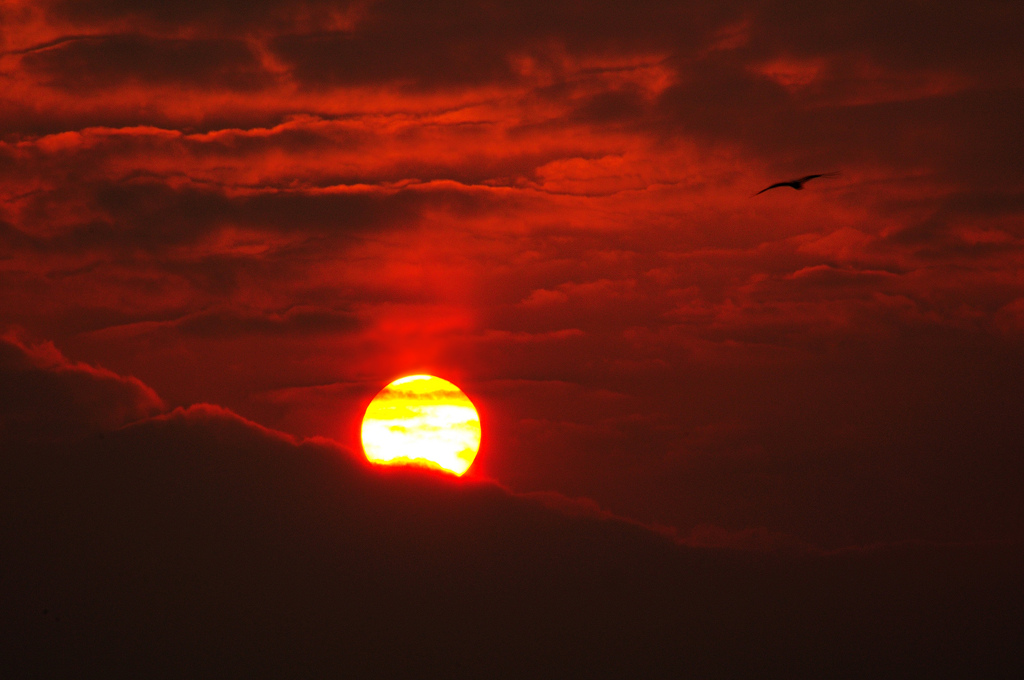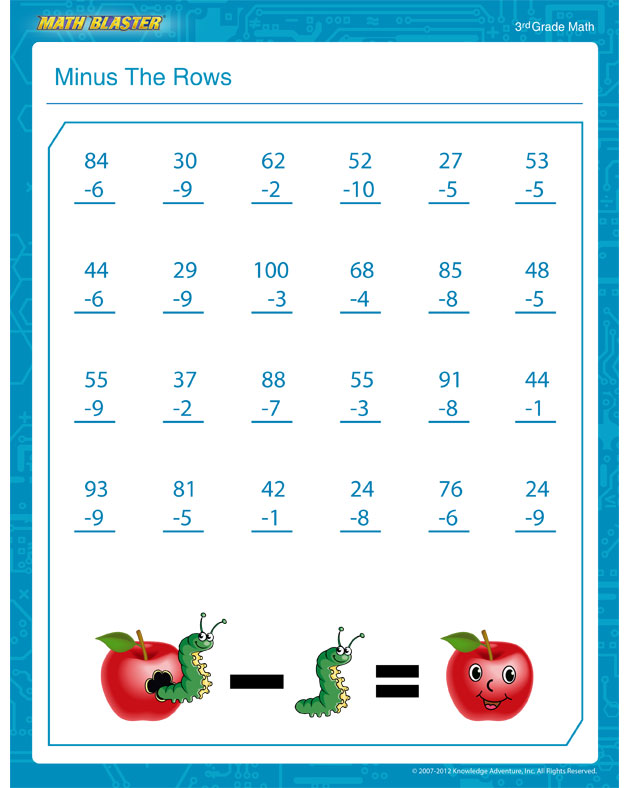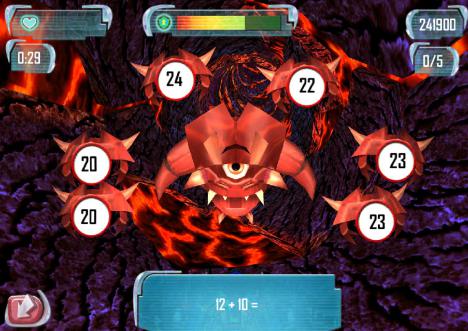A red sky in our atmosphere here on Earth is a beautiful sight at sunrise or sunset and it is also indicative of the weather changing. But on other planets and stars, a red sky may not seem as glamorous or simple. An example of a strange celestial body, called a brown dwarf, with unusually red skies was discovered recently by a team of astronomers.

Photo by JanetR3
Brown dwarfs are actually not planets or stars. They fall in a category in between the two because they are too big to be called planets, but they do not possess the right properties to fully transform into stars either. A Brown dwarf’s size is in between a star, like the Sun, and a big planet, like Jupiter. Sometimes they can be referred to as “failed stars” since they lack the energy source a star has making them cold and not as visible in our night skies.
A particular brown dwarf caught the eye of astronomers recently because of its very red appearance in comparison to others. Using the Very Large Telescope (VLT) located in Chile, astronomers were able to observe this peculiar sight. They found that a thick layer of clouds in the brown dwarf’s atmosphere was causing it to look red. But these clouds aren’t the same as the ones we are used to here on Earth—these clouds are made mostly of mineral dust and the size of these dust grains are what makes the brown dwarf appear red.
The Astronomers found that the brown dwarf’s atmosphere is very hot and extreme, containing gases not suitable for us here on Earth to breath. Not only is the brown dwarf too hot for us to survive there, but it also has very large particles that dominate its atmosphere. Ouch!
Observing these celestial bodies, along with other planets and stars, will give us great insight as to how these extreme atmospheres work. Scientists can also better understand the range of the many atmospheres that can exist in our galaxy.
Filed under: Behind the Scenes, Current Events, learning resources, Parents and Kids, Science Facts, Space News | Tagged: current news, Math Blaster, science, Science facts, space, What's New | Leave a comment »










